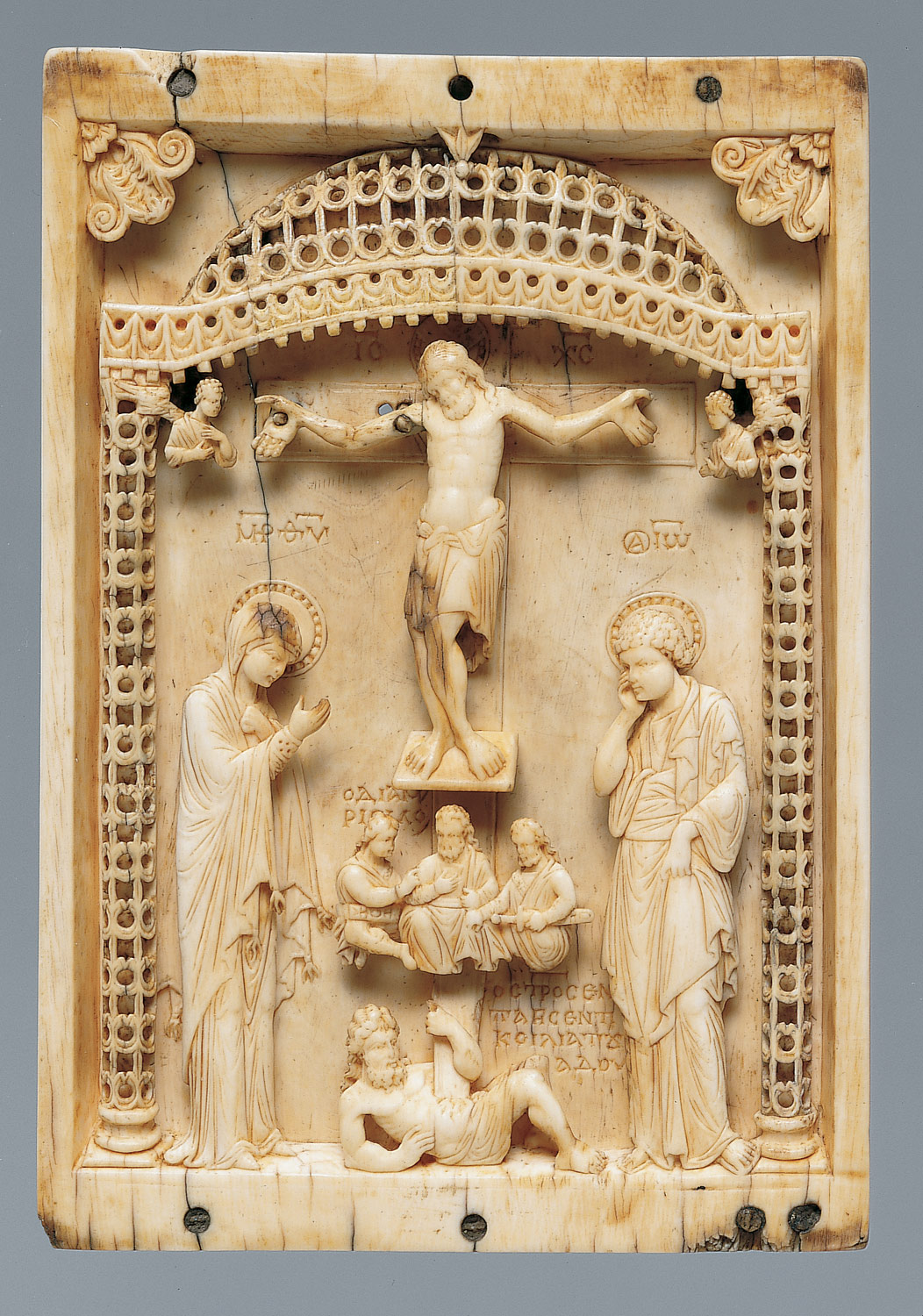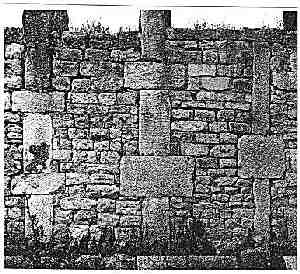I had never heard of relics and reliquaries until last spring. The concept of it was kind of odd to me, but I love how these relics were stored in sculptural containers, making the whole concept of a relic more spiritual.
These are some examples:
Chasse of Champagnat, ca. 1150
French; Made in Limoges
Gilded copper and champlevé enamel
French; Made in Limoges
Gilded copper and champlevé enamel
4 7/8 x 7 1/16 x 3 3/8 in. (12.4 x 18.9 x 8.5 cm)
Arm Reliquary, 13th century, with 15th-century additions
French
Silver, silver-gilt, glass and rock-crystal cabochons over wood core
French
Silver, silver-gilt, glass and rock-crystal cabochons over wood core
20 5/16 x 6 1/4 x 2 15/16 in. (51.6 x 15.8 x 7.4 cm)
Reliquary of Mary Magdalene, 14th and 15th century
Made in Tuscany, Italy
Gilded copper, gilded silver, rock crystal, verre églomisé
Made in Tuscany, Italy
Gilded copper, gilded silver, rock crystal, verre églomisé
Overall 22 x 9 3/8 x 7 15/16 in. (55.9 x 23.8 x 20.2 cm), roundel 3 3/8 in. (8.6 cm)
Relics are pieces of bone or garment of a saint. A reliquary is the container that holds the relic. Reliquaries took different forms. Some would be pendants, elegant shrines, body forms or specific body parts. The earlier ones were made in the form of caskets with decoration of the saint's story.
During the time of Charlemagne, it was obligatory that every altar contained a relic.The purpose of relics was to sit on the altar and be of spiritual prescence during a mass. Those reliquaries in the shape of an arm were also used to bless people or heal the sick.
http://www.metmuseum.org/toah/works-of-art/47.101.33
http://www.metmuseum.org/toah/works-of-art/17.190.685
http://www.metmuseum.org/toah/works-of-art/17.190.504
http://www.metmuseum.org/toah/works-of-art/17.190.353










